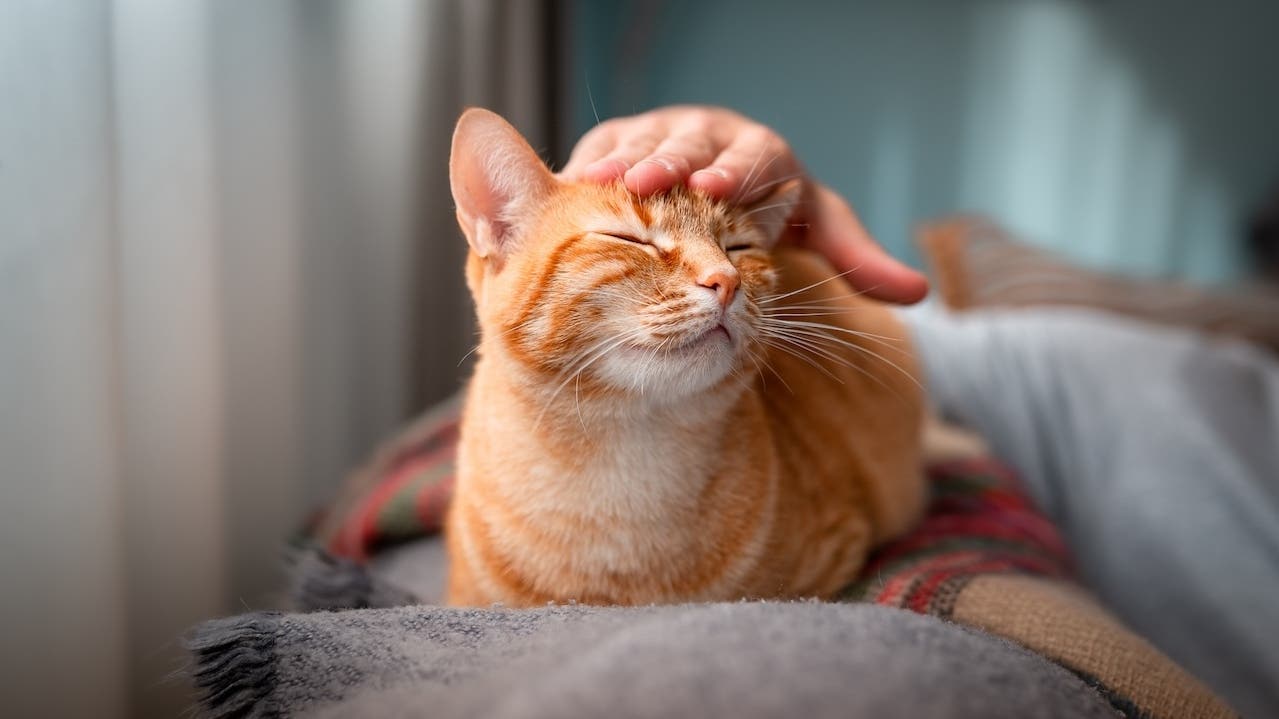What to do if your pet insurance claim is denied

Key takeaways
- Missing or incorrect information is a common cause of denied claims. When submitting your information, study your pet insurer’s submission guidelines.
- When enrolling for pet insurance, fully understand what is and is not covered in your policy plan to avoid claim disputes.
- Pre-existing conditions can be a significant obstacle when filing claims. Understand what these mean and enroll your pet in pet insurance early in its life before these conditions arise.
- If your pet insurance claim is denied, take time to understand the reason so you can write a formal appeal letter.
Pet insurance is a valuable lifeline for pet owners, offering financial support when unexpected medical expenses arise. But what happens if your pet insurance company denies your claim? It can be frustrating, especially if you rely on that support to cover essential treatments for your furry companion.
If you’ve had your pet insurance claim denied, get to know the pet insurance claims process, common reasons claims are denied and how to appeal denied claims.
How do pet insurance claims work?
Before you find yourself in the doghouse with a denied claim, it’s important to understand how the claims process works.
Following these steps and submitting your claim correctly and on time can solve many mishaps and ensure that you avoid pet insurance claim denials:
- Policy purchase: Do your homework on various pet insurers. Then, along with your budget, consider which policy plan best suits your pet’s breed, stage of life and medical needs. Ask yourself: What medical expenses do I need covered?
- Enrollment and waiting period: Generally, pets are not immediately covered once you’ve enrolled in pet insurance. Most insurers have a waiting period before the plan comes into effect.
- Veterinarian visit: You’ll typically pay the vet bill straight after your pet receives treatment, then file for reimbursement through the claims process. Direct pay — where the insurer pays the vet directly — may be an option, depending on your vet practice and insurer.
- Document collection: Keep your receipt and details of the visit, including any test results, medication prescriptions and treatment points. Once you’ve paid the invoice, ensure you keep proof of payment.
- Claim submission: With the necessary documentation, submit a claim to your pet insurance provider within the specified timeframe. This usually involves filling out a claims form, attaching vet records and receipts and submitting the information online or via mail. Most insurance providers will have clear instructions on their website for this process.
- Claims review: The insurance company will review and process your claim after submission. They’ll evaluate whether the treatment falls within your policy’s coverage and determine how much they will reimburse you based on your deductible, co-pay and annual limits.
- Reimbursement or denial: If your claim is approved, your insurer will reimburse you based on the terms of your policy. However, if the insurer finds issues with your claim, they may deny it and provide reasons for their response.
- Appeals (if necessary): You can challenge denials if you feel the claim was unjustly rejected.
Why was my pet insurance claim denied?
A denied insurance claim will likely be an unpleasant shock, especially if you used a personal loan or emergency savings to pay for your pet’s treatment. You may be counting on the repayment to replace those funds. Understanding the reasons behind claim denials can help you prevent this frustrating scenario.
Here are some common reasons for rejected pet insurance claims.
Your pet’s condition was pre-existing
Most pet insurance policies do not cover pre-existing conditions. In other words, if your claim relates to any illness, symptom or injury your pet had before the policy took effect, it’s likely to be denied.
The plan’s waiting period hasn’t passed
Pet insurance typically has a waiting period between when you purchase the policy and when coverage begins. Your insurer could reject your claim if your pet receives treatment during this waiting period.
The treatment or service was excluded from your policy
Your policy might not cover certain treatments, conditions or services. For example, most plans exclude wellness visits, dental care, cosmetic procedures like declawing or ear cropping or alternative therapies. If your claim falls under one of these exclusions, the insurer will deny it.
Add-ons to your insurance plan could solve future disputes, but they will increase your premiums.
Your documentation was incomplete or incorrect
We all forget things occasionally, but failing to submit the necessary documents, such as itemized vet bills or medical records, can result in a denied claim. Similarly, if you have changed ZIP codes, you must update these details with your insurer. Double-check the insurer’s submission guidelines to verify you included all required materials.
You’ve reached your coverage limit
Most policies have caps on how much they pay per year, incident or lifetime. Any additional claims will likely be denied if you’ve reached those limits.
Your claim is late
Most insurers require claims to be filed within a specific time frame, often 60–90 days after the treatment. Missing this window can result in a denial, even if the treatment would otherwise have been covered.
Promptly submitting an insurance claim can help you avoid this type of rejection.
How do I appeal a denied claim?
If your pet insurance claim is declined, it’s not necessarily a catastrophe. Many insurers have an appeals process that allows you to dispute their decision. Generally, you’ll need to take the following steps to file an appeal.
1. Review the denial letter
First, you need to figure out why your claim was denied. Look closely at the denial letter from your insurer to see the reason for the rejected claim. Carefully review this letter and cross-reference it with your policy to understand whether the denial makes sense under the terms of your policy.
2. Contact the pet insurance company
Are you still confused or spotting a clear error? Here’s where you must contact your insurer for clarification on their denial. A customer service representative can help you understand your claim’s jargon and fine print. They might be able to tell you if an appeal is worth pursuing.
3. Gather missing documentation
To have a successful claim, ensure you’ve filled out and submitted all required forms correctly and include any missing information. Many pet insurers will require your pet’s medical history, vaccine records, medication log, preventative care methods, diagnostic test results and more (at least for the first claim).
4. Write a formal appeal letter
Draft a formal email or letter to the insurance company explaining why you believe the claim should be approved. Include any additional evidence, such as statements from your vet, that support your claim or dispute what they may think is a pre-existing condition. Be professional and detailed in your letter.
5. Follow up
Unfortunately, appeals can take time. Be patient, note case numbers and follow up with your insurer to confirm the status. With polite persistence, you may see a successful claim.
Alternatively, if the claim is denied again, you may better understand your chosen plan and whether you should adjust your coverage.
6. Escalate the issue
You can escalate the appeal to an internal review board if you believe your claim was still wrongfully denied. These boards handle disputes and may help you get your claim reconsidered.
7. Make policy changes or upgrades
A claims denial may be a wake-up call to gaps in your policy. Whether these are exclusions for certain conditions or incorrect information, this is a good opportunity to upgrade your coverage, seek a new policy or include add-ons like pet dental insurance for more comprehensive pet insurance.
The bottom line
Receiving a pet insurance claim denial can be disheartening, but understanding the claims process, common reasons for denials and how to appeal can help you navigate the situation. If your pet insurance claim is denied, take time to understand the reason and speak to your insurer. Next, gather any missing documentation and write a formal appeal letter.
While following up and resubmitting a claim can take time, it’s worthwhile to dispute unjust errors to receive a refund on your medical bill. If you’re unsuccessful in appealing your claim, consider reevaluating your coverage.
Frequently asked questions
Why we ask for feedback Your feedback helps us improve our content and services. It takes less than a minute to complete.
Your responses are anonymous and will only be used for improving our website.
You may also like

What to do if your homeowners insurance is canceled

What to do if your car insurance is canceled

What to do if the life insurance company denies your claim

How to file a pet insurance claim


